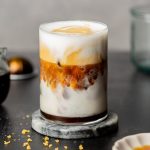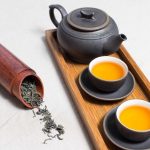Boba tea, also known as bubble tea, has become a global phenomenon, captivating taste buds and hearts with its unique combination of flavors and textures. This delightful drink originated in Taiwan in the 1980s and quickly spread overseas, evolving into an array of popular variations. What is boba tea? As a refreshing, customizable beverage, boba tea not only satisfies a sweet tooth but also provides a social experience. This article delves into the origins of boba tea, its ingredients, preparation methods, and the cultural significance surrounding this iconic drink.
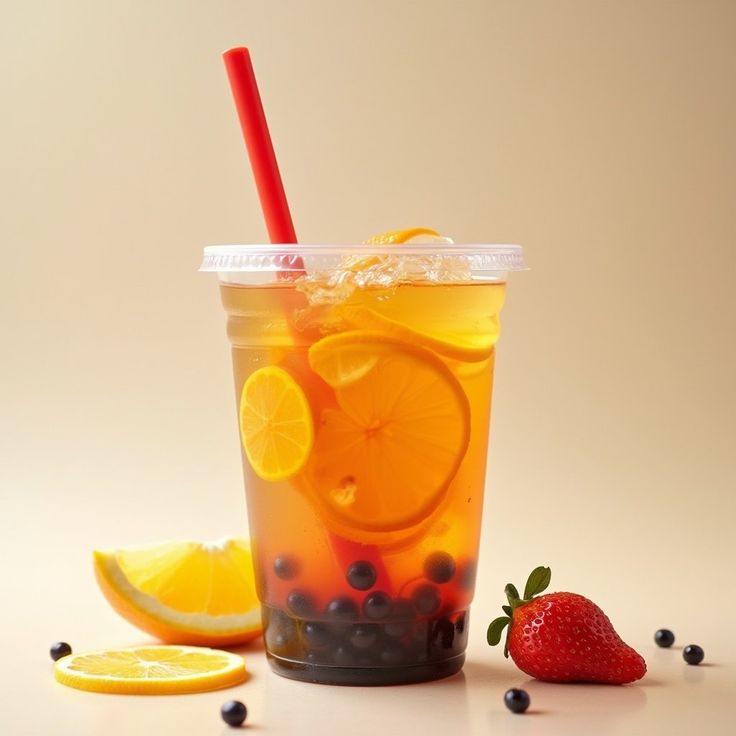
Understanding the Origins of Boba Tea
Boba tea traces its roots back to Taiwan, where tea culture has flourished for centuries. The inception of bubble tea is often attributed to the innovation of tea shops seeking to create new and enticing beverages. In the 1980s, vendors in Taichung began combining milk tea with chewy tapioca pearls, resulting in the creation of bubble tea. The drink later gained popularity in other regions of Taiwan and eventually spread to various countries, particularly in East and Southeast Asia.
The original style of boba tea featured a combination of black tea, milk, sweet syrup, and tapioca pearls. This unique blend offered a deliciously sweet drink complemented by the satisfying chewiness of the pearls. Over time, other ingredients and flavors were introduced, transforming boba tea into a versatile beverage available in countless variations. Today, bubble tea shops worldwide proudly serve an array of flavors, tea bases, and toppings, allowing customers to personalize their drinks to their heart’s content.
The Key Ingredients of Boba Tea
Boba tea consists of a few essential components that contribute to its signature flavor and texture. These ingredients include tea, milk, sweeteners, and, of course, the beloved tapioca pearls. Understanding these components provides insight into why boba tea has become so popular.
1. Tea Base
The foundation of any boba tea starts with a tea base. Traditional boba tea often utilizes black tea, but options have expanded to include green tea, oolong tea, and herbal teas. Each type of tea offers unique tastes and aromas, allowing consumers to choose a drink that aligns with their flavor preferences.
Tea steeping time is crucial for achieving the ideal flavor balance. For example, steeping black tea typically ranges from 3 to 5 minutes, while green tea requires around 2 to 3 minutes. How long to steep tea can greatly impact its flavor; over-steeping can lead to bitterness, while under-steeping may result in a weak taste. For the best results, always follow specific recommendations for each tea type or adjust based on personal taste preferences.
2. Milk and Cream Alternatives
Traditionally, milk tea contains whole milk or condensed milk, contributing to the creamy texture and rich taste. However, with the popularity of bubble tea, dairy-free alternatives like almond milk, oat milk, soy milk, and coconut milk have gained traction, catering to various dietary preferences.
Each milk alternative introduces its distinct flavor and character. For instance, oat milk adds a naturally sweet taste, while almond milk brings a slightly nutty flavor. This versatility plays a significant role in expanding the appeal of boba tea, ensuring it can accommodate diverse consumers.
3. Sweeteners
Sweetening agents are a vital component of boba tea, enhancing flavor and creating the signature sweetness that many enthusiasts crave. Customers can choose from various sweeteners, including simple syrup, honey, agave nectar, or flavored syrups like vanilla or caramel.
The amount of sweetener can vary based on individual taste preferences; therefore, most boba tea shops allow customers to customize their sweetness levels when ordering. This personalization empowers drinkers to tailor their boba creations to suit their tastes.
4. Tapioca Pearls
At the heart of boba tea lies the chewy tapioca pearls that give the drink its name. These pearls are made from tapioca starch, derived from cassava root. When cooked, they become soft and chewy, providing an exciting contrast to the liquid components. Depending on preparation, they can range in size from small to large, with the larger pearls providing a more substantial texture in each sip.
While traditional black tapioca pearls are the most commonly used, alternative toppings have emerged to meet growing consumer preferences. Some bubble tea shops offer flavored pearls, such as fruit-flavored tapioca or even bursting boba filled with fruity syrup. This vast selection allows for even more customization, catering to various tastes and preferences.
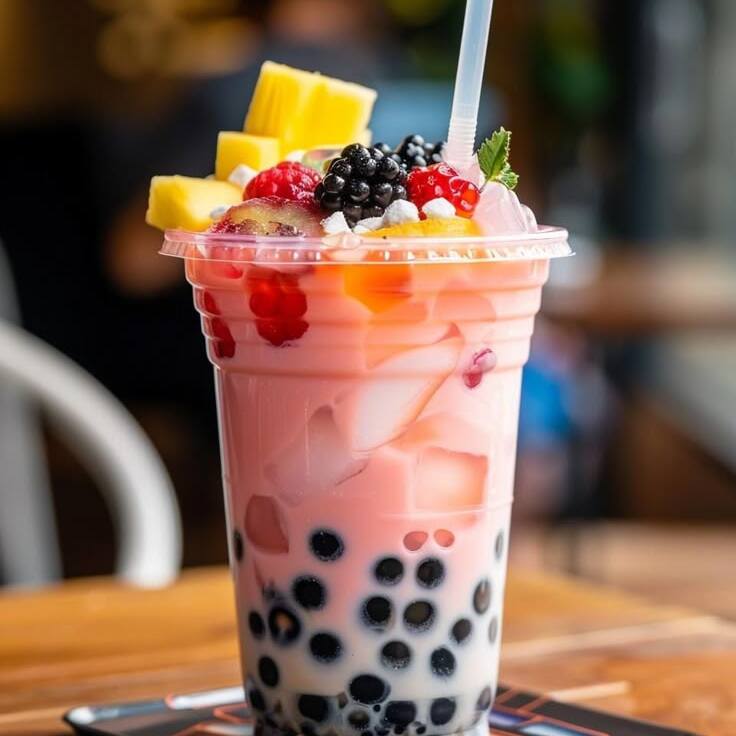
Preparing Boba Tea at Home
Creating boba tea at home can be a fun and rewarding experience. With the right ingredients and a bit of experimentation, anyone can indulge in this delicious beverage without venturing to a café. Below are the steps to prepare your own boba tea at home.
Ingredients Needed
- 1 cup of brewed tea (black, green, or your choice)
- 1/2 cup of milk or milk alternative
- 1/4 cup of cooked tapioca pearls
- Sweetener to taste
- Optional: flavored syrups, fruit puree, or additional toppings
Step-by-Step Instructions
- Cook the Tapioca Pearls: Begin by following the package instructions for cooking tapioca pearls. Typically, this involves boiling water and cooking the pearls until they become soft and chewy. Once cooked, rinse them under cold water and let them soak in simple syrup for a few minutes to enhance flavor.
- Brew the Tea: Brew your desired tea according to package instructions. Remember how long to steep tea to achieve your ideal flavor profile. Once brewed, allow it to cool to room temperature or chill it in the refrigerator.
- Combine Ingredients: In a glass, combine the brewed tea, milk, and sweetener. Stir well to combine.
- Add Toppings: Spoon the cooked tapioca pearls into the bottom of the glass. Pour the tea and milk mixture over the pearls.
- Serve and Enjoy: Enjoy your homemade boba tea using a wide straw to experience both the liquid and chewy pearls. Customize your drink further with flavored syrups or fruit purees if desired.
The Cultural Significance of Boba Tea
What is boba tea? Boba tea has evolved into more than just a drink; it symbolizes a cultural phenomenon. This unique beverage fosters community and connection, transcending age and geographical boundaries among diverse groups.
Social Experience
Visiting a bubble tea shop often serves as a social activity, a place where friends can gather, share stories, and enjoy their favorite beverages together. The casual environment encourages interaction, making boba tea more than just a drink; it becomes a catalyst for building relationships and creating memories.
Additionally, many bubble tea shops feature vibrant decor and communal spaces that draw people in, making it an inviting destination for socializing and relaxation.
Global Trends
Boba tea’s global appeal has paved the way for numerous trends, including innovative flavors and toppings. The drink’s constant evolution encourages creativity among tea enthusiasts and inspires new concoctions across different cultures. For instance, combining boba tea with desserts like ice cream or creating boba tea-flavored pastries has become increasingly popular, showcasing the beverage’s adaptability and influence.
Moreover, food artists and influencers have taken to social media to share their boba tea creations, helping the beverage gain traction in various cultural circles. This online promotion has fueled a greater interest in boba tea, encouraging more people to explore different flavors and personalize their drinks.
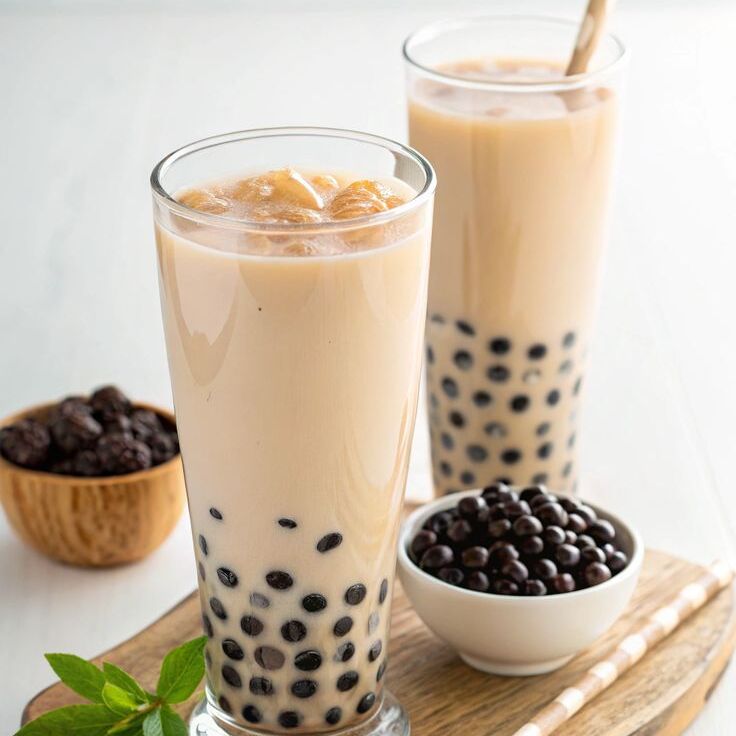
The Rise of Health-Conscious Boba Tea Alternatives
As society increasingly focuses on healthier eating, understanding what is boba tea becomes vital. Many boba tea shops now offer health-conscious alternatives, providing lower-sugar and nutrient-rich options to satisfy evolving consumer preferences.
Natural Sweeteners and Flavorings
Some boba tea shops use natural sweeteners like honey or agave syrup, promoting alternatives without sacrificing flavor. Additionally, incorporating fruits, nuts, or even herbs can infuse added nutrients into the beverage.
A growing trend includes using fresh fruits as bases for bubble tea. Fruit-infused boba drinks utilize actual fruit blends to create flavorful and refreshing concoctions, minimizing added sugars while maximizing naturally occurring sweetness.
Herbal Teas and Superfood Options
Transitioning away from high-sugar milk teas, many boba shops begin integrating herbal teas into their menus, catering to health-conscious customers. Herbal options provide varied flavor profiles while incorporating the benefits of herbal ingredients. Additionally, consider exploring boba tea made with nutrient-rich superfoods, such as matcha or spirulina, for added health benefits.
For a unique twist, try substituting traditional tea bases with stinging nettle tea, which has gained popularity for its herbal qualities. Stinging nettle tea is known for its numerous health benefits, including anti-inflammatory properties and a wealth of vitamins and minerals. Combining this intriguing herbal tea with boba ingredients can yield a balanced drink with a flavorful twist.
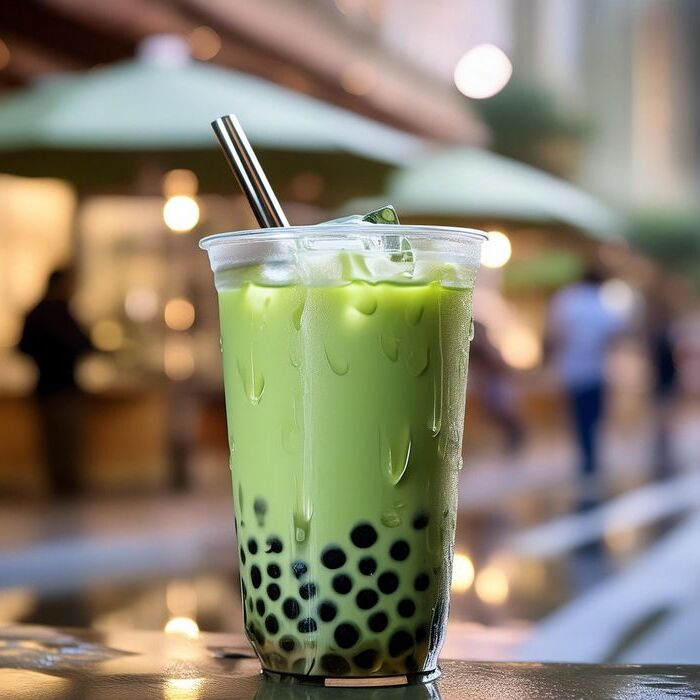
Boba Tea and Eco-Consciousness
As global awareness of environmental issues continues to rise, many boba tea shops are taking active steps to reduce waste and promote eco-friendly practices. These efforts align with the values and preferences of sustainability-focused consumers.
Sustainable Packaging
Bubble tea shops increasingly adopt eco-friendly practices by utilizing biodegradable or reusable straws and cups. Reducing single-use plastics is vital for minimizing environmental impacts, and many establishments prioritize sustainable packaging options.
Additionally, some shops offer discounts or rewards for customers who bring their reusable containers, encouraging conscious behaviors while still enjoying the beloved drink.
Sourcing Ingredients Responsibly
Responsible ingredient sourcing is another significant aspect of eco-conscious boba tea practices. More businesses are opting for organic, locally sourced ingredients, reducing their carbon footprint while supporting local economies.
By prioritizing quality ingredients that are sustainably sourced, boba tea shops can present nutritious and environmentally friendly options to consumers eager to make conscious choices.
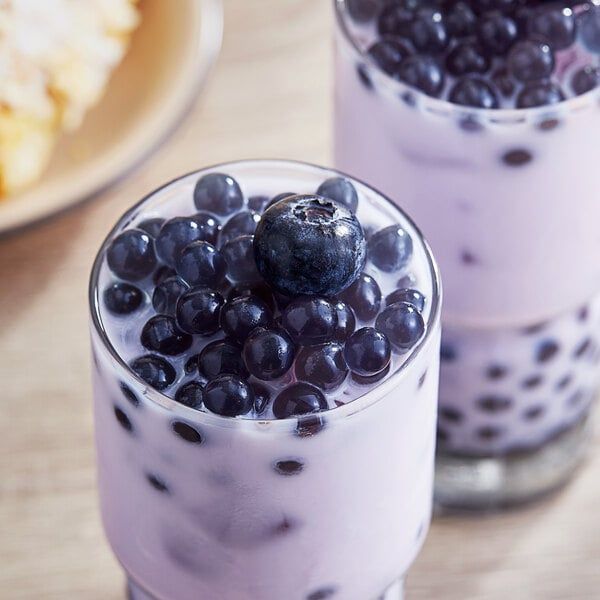
Conclusion: Celebrating the World of Boba Tea
What is boba tea? It is a beloved beverage that has evolved from humble Taiwanese origins into a global sensation. With countless variations, boba tea entices drinkers to explore unique flavors and textures. Its cultural significance transforms each sip into cherished memories.
Preparing boba tea at home can be a fun and rewarding experience, allowing customization of flavors and toppings. Whether enjoyed solo or shared with friends, boba tea fosters connection. As the world of boba tea grows, embracing health-conscious alternatives and eco-friendly practices highlights its commitment to sustainability. Celebrate the vibrant community of boba tea and savor every delicious journey.
